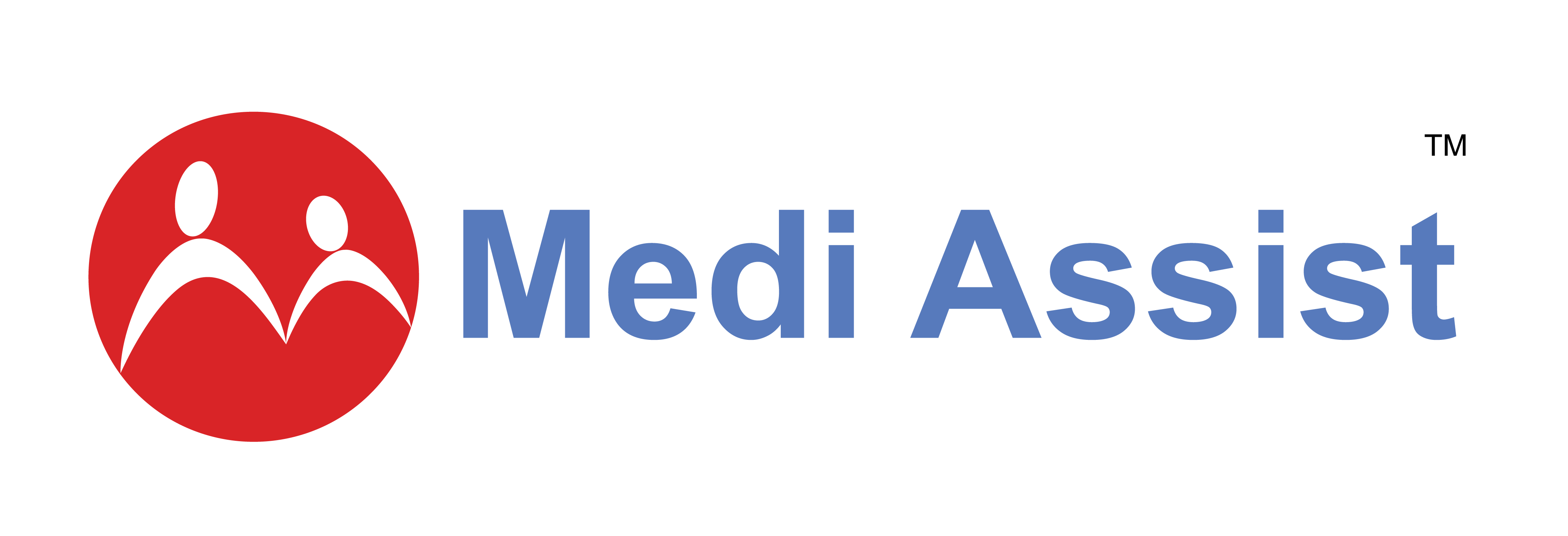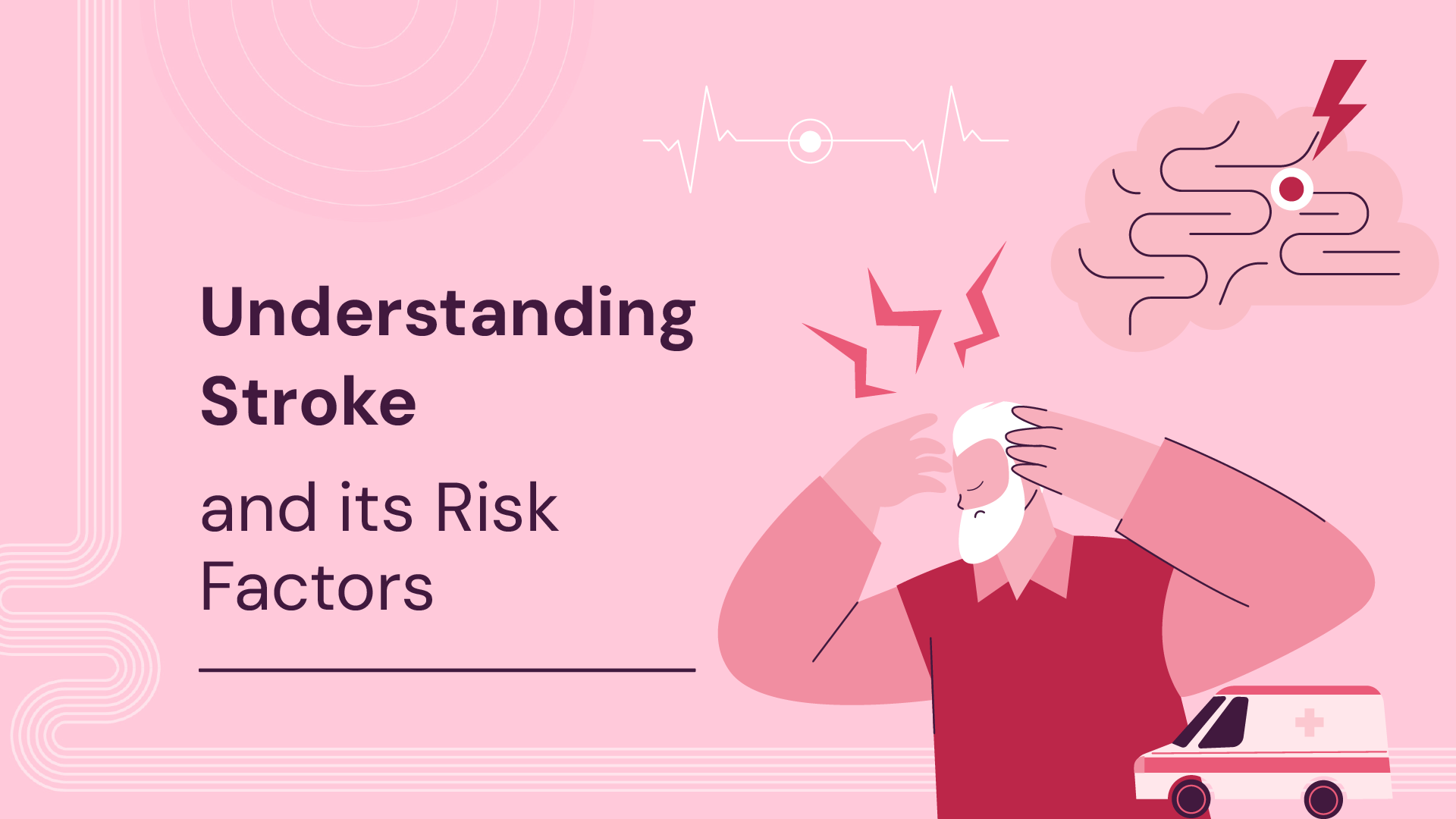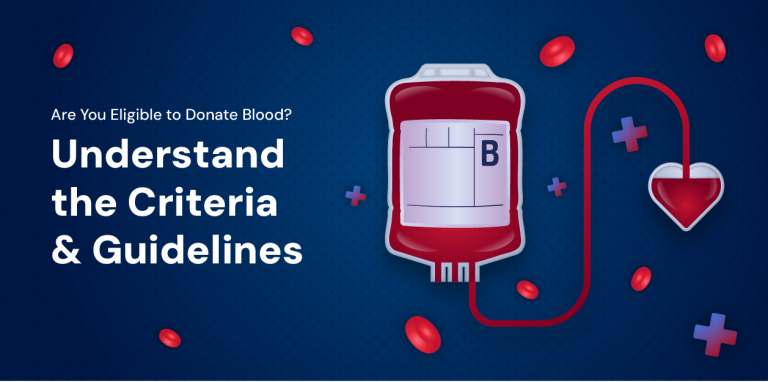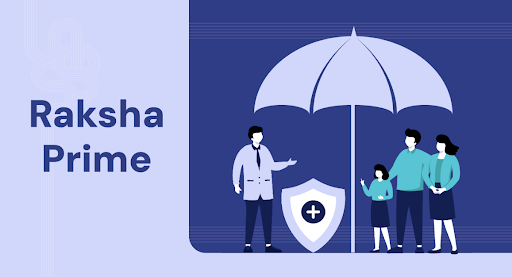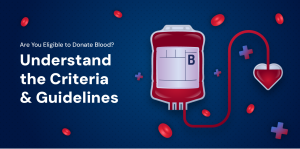Imagine a busy road with smoothly moving traffic, where a large truck suddenly tries to take a turn. A significant disruption occurs, leading to massive traffic jams. A stroke is similar, this occurs due to a lack of blood flow or interruptions in blood flow, causing brain cells to be deprived of oxygen and nutrients. This condition is the second leading cause of death across the globe and can lead to disability characterized by vascular injury in the central nervous system. It can result from various risk factors, underlying conditions and mechanisms.
Signs of stroke: When to Seek Medical Attention
A stroke can happen suddenly, and its effects are abrupt and varied. Usually, common signs that should prompt immediate actions are:
- Sudden weakness or numbness on one side of the face, arm or leg
- Sudden confusion or trouble speaking
- Vision problems like blurred vision or double vision in one or both eyes
- Sudden dizziness or loss of balance
- Sudden severe headache
Take the FAST Test
The FAST test is a simple procedure to identify if an individual is having a stroke. Below are some key points to analyse if one is having a stroke:
- Face: Drooping of one side of the face
- Arms: Weakness or numbness in one arm could mean a stroke, check if the person can raise both arms
- Speech: Slurred or difficult-to-understand speech could be because of a stroke
- Time: Without losing time, contact emergency services if such symptoms are observed
Who is at Risk?
Stroke can affect anyone, but certain factors increase the risk.
Non-modifiable risk factors for stroke include advanced age and family history. Post-menopausal women are at risk due to hormonal changes, and factors like early menopause and pregnancy-related complications can exacerbate the same.
Modifiable risk factors for stroke include:
High blood pressure: This increases the wear and tear on your arteries, making them more susceptible to narrowing or bursting.
Cholesterol levels: Higher cholesterol levels may cause plaque formation in your arteries, preventing smooth blood flow through them.
Diabetes: Diabetes affects the blood vessels and increases the risk of blood clots, both of which raise the stroke risk.
Heart Diseases: This can cause blood clots, which travel to the brain, leading to stroke.
Smoking: Excessive smoking can weaken the blood vessels. This can result in an increased risk of heart issues.
Taking Charge of Your Health
You cannot control certain risk factors like your gender, age, and family history, but via a healthier lifestyle, one can lead an optimal life. Here are some simple steps to follow:
- Maintain a healthy weight
- Make sure your diet comprises adequate portions of fruits, vegetables, whole grains, and lean protein
- Limit your intake of saturated fats and trans fats, cholesterol and sodium
- Try to do at least 30 minutes of moderate-intensity exercise on most days
- Stop smoking
- Make sure factors like blood pressure, cholesterol and diabetes are under control. Consult with your doctor to manage any existing health conditions.
Understanding stroke, its risk factors, and how to reduce your risk is critical. Be proactive about your health and seek assistance as soon as you see any stroke symptoms.
-Content partner Happiest Health
